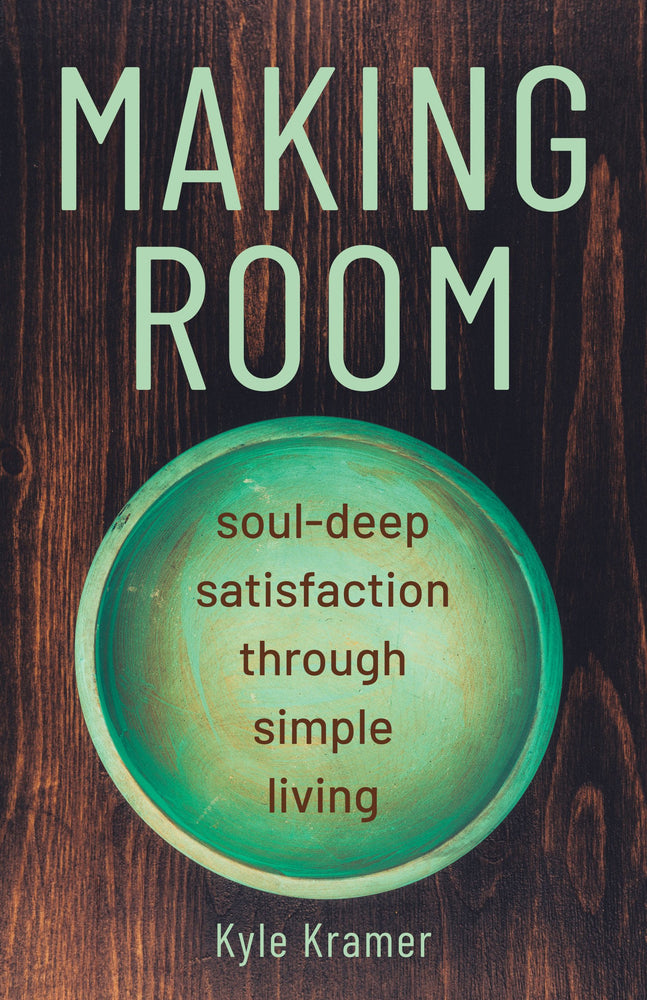Making Room: Soul-Deep Satisfaction Through Simple Living
published by Franciscan Media
| Trade Paperback | 160 pages
$ 18.99
Idealism and reality meet in this inspirational guide. Kyle Kramer shares with us his ongoing adventures and misadventures on the path to greater emotional, mental, and material freedom. Item# B53308
"Kyle Kramer is the Executive Director of the Passionist Earth & Spirit Center (www.earthandspiritcenter.org), which offers interfaith educational programming in meditation, ecology, and social compassion. Educated at Indiana University, the Universität Hamburg (Germany), and Emory University, he is the former director of graduate theology programs and spiritual formation for Saint Meinrad, a Benedictine monastery and Roman Catholic school of theology. Kyle and his family spent fifteen years as organic farmers and homesteaders in Spencer County, Indiana. Kyle serves as a Catholic Climate Ambassador for the USCCB-sponsored Catholic Climate Covenant and is the author of A Time to Plant: Life Lessons in Work, Prayer, and Dirt (Ave Maria Press, 2010). He is a former columnist and essayist for America magazine and a current columnist for Franciscan Media’s St. Anthony Messenger magazine."
Product Type: Book
Item Number: #B53308
ISBN: 9781632533081
Publication Date: 6/1/2021
BISAC: RELIGION/Christian Living/Inspirational
Imprint: Franciscan Media
Trim Size: 139.7 mm X 215.9 mm X
(Approx. 5.5 in X 8.5 in X )
Pages: 160
List Price: $ 18.99


